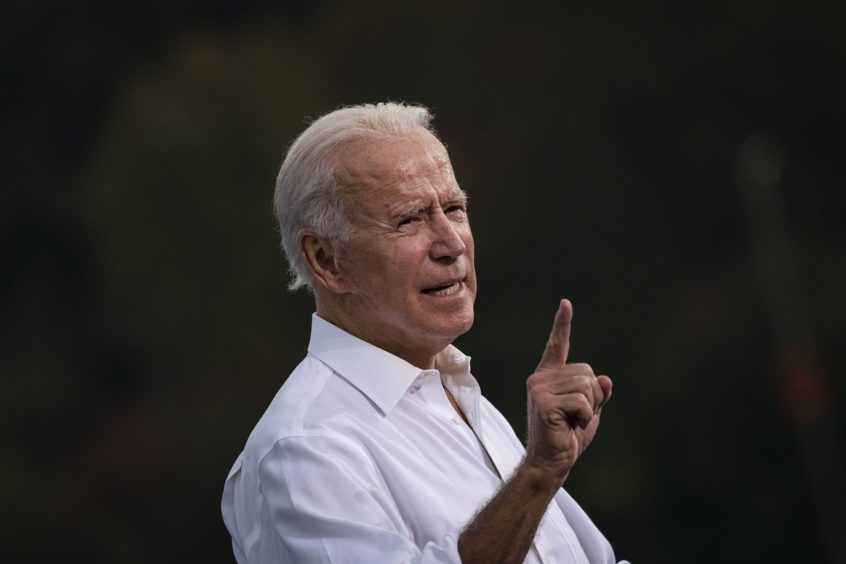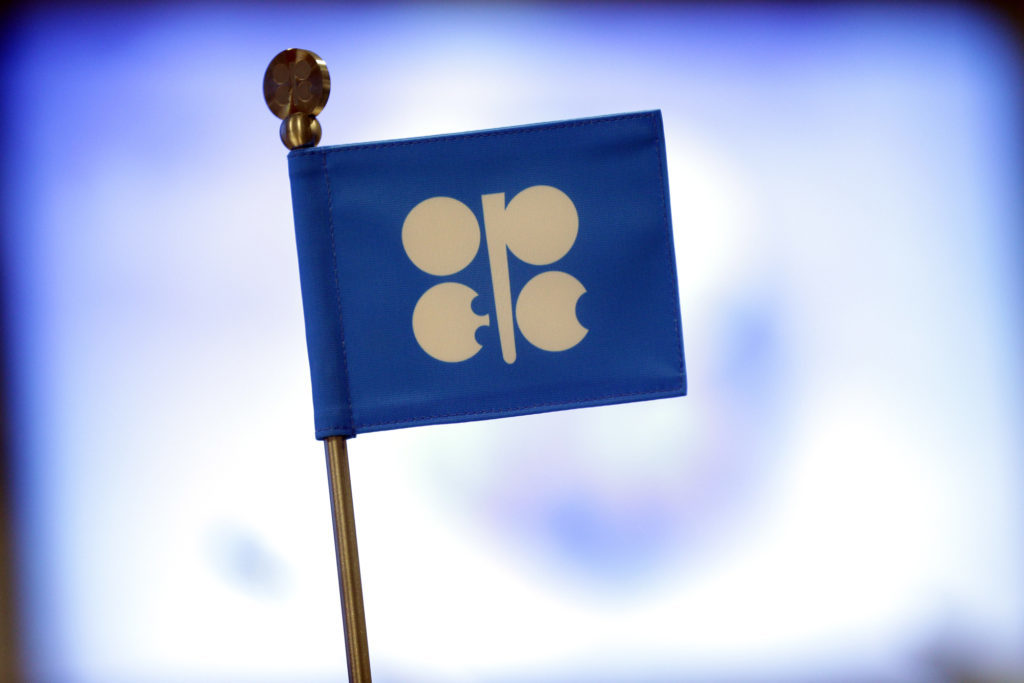
BP’s latest review of energy use has been presented as positive developments in carbon reduction. However, the facts remain that fossil fuels continue to provide most of the world’s energy needs and that developing Asia is driving demand.
BP released its annual Statistical Review of World Energy earlier this month, with updated data for 2020. As usual, the oil giant’s influential report card on energy use was accompanied by widespread media coverage, Tilak Doshi wrote in an opinion piece for the South China Morning Post.
The lead stories in news wires and major newspapers focused on two welcome aspects: how the Covid-19 pandemic drastically cut energy demand (and hence carbon emissions) last year; and how rapidly solar and wind energy capacity expanded. However, the extensive coverage was lacking when it came to the far more consequential realities: the continued dominance of fossil fuels and the role of developing countries – which account for more than 80% of the global population – in the growth of energy demand.
As energy demand collapsed with the adoption of Covid-19 lockdowns around the world, 2020 saw the biggest fall in carbon dioxide emissions since World War II. This does put the world closer to the path needed to keep global warming below 2 degrees Celsius this century, the BP report said. But Spencer Dale, BP chief economist, noted in remarks released ahead of the review that the dip in energy demand did not reflect the “decisive shift” towards meeting climate goals backed by the Biden administration, the European Union and multilateral agencies including the International Energy Agency, the World Bank and the International Monetary Fund.
While energy demand worldwide fell by 4.5% in 2020, oil consumption fell even more steeply, by 9.3%. This reflected the collapse in demand for transport fuels in particular.
In contrast, the report described the increase in wind and solar capacity as “colossal”. Dale said: “The increase in installed capacity last year was 50% bigger than at any time seen in history, despite the world [being] in turmoil, despite the largest peacetime recession.” He seemed heartened when he said: “The trends we’re seeing here are exactly the trends we’d want to see as the world transitions to net zero…”
While much of the above seems consistent with the energy transition narrative, it is also akin to the tail wagging the dog. After decades of government mandates and hundreds of billions of dollars in subsidies in Western Europe and North America, renewables (which include wind, solar and non-traditional biofuels) represented a mere 5.7% of global energy use in 2020. Fossil fuels (coal, oil and gas) accounted for 83% of global energy use.
Even for the rich countries, fossil fuels provided an average 78% of their energy needs. Another report published last month found that the share of fossil fuels in the world’s energy mix is as high as a decade ago, despite the pressure on governments to act on climate change.
If fossil fuels dominate the energy mix, developing countries, in particular those in Asia, increasingly determine the geographical distribution of energy use. Developing countries accounted for 61% of global energy demand in 2020, with energy consumption in China alone exceeding that of the EU and the US combined.
The importance of coal – that most demonised of the three fossil fuels – to developing countries in Asia is stark. Almost 82% of global coal consumption occurred in the developing world, and developing Asia accounted for almost all of it. China alone was responsible for 54% of global coal demand.
Perhaps the role of developing Asia in the growth of global energy demand is best measured in incremental terms. BP data shows that in the five years to 2019, developing countries accounted for 88% of the increase in global energy demand. Developing Asia absorbed almost three-quarters of the world’s increase in energy demand in that period, with China alone accounting for 41%.
As the world emerges from the economic ravages of the pandemic lockdowns, these patterns of energy demand will re-emerge. Indeed, the early signs are already apparent. Energy demand has rebounded as Covid-19 vaccines are rolled out, governments ease lockdowns, and passenger and freight traffic surge. Crude oil consumption is expected to reach pre-pandemic levels by the first quarter of next year.
In the US, the Biden administration now faces the supreme irony of pressuring the Opec cartel to open its oil taps while continuing in its quest to shut down domestic oil and gas production in the name of fighting climate change. The country now has the highest petrol prices since 2014, threatening the Democratic administration’s popularity and its green and infrastructure spending agendas.
The juggernaut of growing energy demand in the developing countries, above all in Asia, is the elephant in the room.
The plutocrats that regularly converge on the World Economic Forum and the policymakers in Western Europe and the US have been pushing their “Global Reset” and “Build Back Better” agendas in the wake of the pandemic. Can they deny the developing world the right to climb up the very energy ladder that the developed countries once ascended to enjoy their higher standards of living and all the privileges that come with being richer and healthier? Will they be able to block Chinese President Xi Jinping’s vision for “great modern socialist nation” by 2049, dependent as it is on fossil fuels?
The key oil and gas producers in the Middle East and Russia think not: they have been busy investing vast sums in expanding their production capacities. They can rest assured that demand for their energy resources will be required for human flourishing for decades to come.
Dr Tilak K. Doshi is a visiting senior research fellow at the Middle East Institute, National University of Singapore. This article reflects his opinion solely and not any institution he is affiliated with. It was first published in the South China Morning Post.
Recommended for you


 © Lisi Niesner/Bloomberg
© Lisi Niesner/Bloomberg